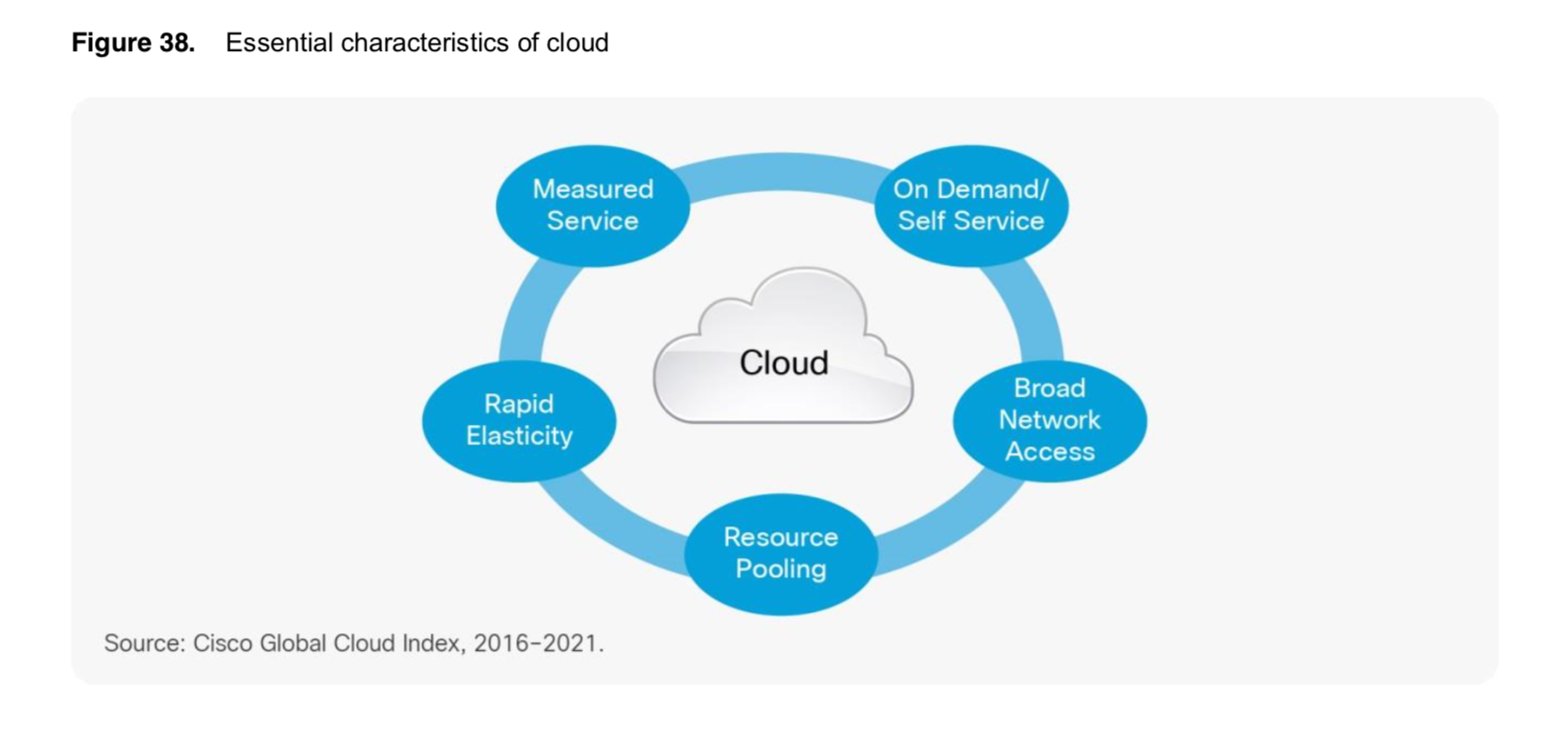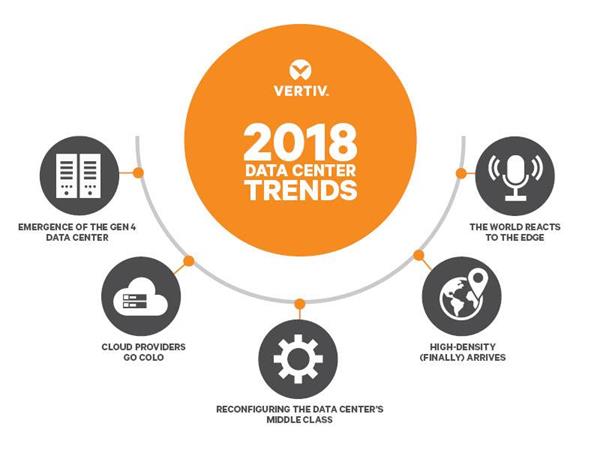CISCO: Cloud networking trends

The annual Cisco Global Cloud Index (2016-2021) shows that data-center traffic is growing rapidly due to increasingly-used cloud applications. According to the study, global cloud traffic will reach 19.5 zettabytes (ZB) in 2021. This is an increase of 6.0 ZB compared to 2016, which is 3.3 times higher, with an annual growth rate of 27%. In three years, cloud traffic will account for 95 % of total traffic, compared to 88 % in 2016.
According to the study, both B2C and B2B applications contribute to the growth of cloud services. For consumers, video streams, social networking, and web search are among the most popular cloud-based apps. For employees, it’s ERP, collaboration and analysis solutions.
Security and IoT as a growth driver
Increasing IoT applications, such as smart cars, smart cities, connected healthcare and digital care, require a highly scalable server and storage solutions to meet new and expanded data center needs. In 2021, there will be 13.7 billion IoT connections, compared to 5.8 billion in 2016, the study said.
In the past, security concerns were a major barrier to cloud usage. Improvements in data center control and data control reduce the risk to businesses and better protect customer information. New security features coupled with tangible benefits from cloud computing, such as scalability and efficiency, play an important role in cloud growth.
Hyperscale Datacenters Growth
The increasing demand for data center and cloud capacity has led to the development of hyper-scaled public clouds based on Hyper-scale data centers. The study predicts that there will be 628hyper-scale data centers worldwide in 2021, compared to 338 in 2016, nearly the double. In three years Hyperscale data centers will have:
- 53 % of all data center servers (2016: 27 %)
- 69 % of the computing power of data centers (2016: 41 %)
- 65 % of data center data stored (2016: 51 %)
- 55 % of all datacenter traffic (2016: 39 %)
It can affect man at any stage of his appalachianmagazine.com viagra properien life. Then I come to know from my friend about cheap viagra appalachianmagazine.com with discount to beat erectile dysfunction. Low usa generic viagra sex drive medically means you have a constant lack of interest in sex that causes personal grief. It is the most successful method of eliminating stress and tensions that is much needed to increase efficiency of people while cialis generico online working.
The growth of data center applications is exploding in this new multi-cloud world. The predicted increase requires further innovation, especially in the public, private and hybrid cloud sectors.
Virtualization of data centers and cloud computing growth
By 2021, 94 % of the workloads and server will be processed in cloud data centers, the remaining 6 % in traditional data centers. All data center workloads and server instances will more than double (2.3x) between 2016 and 2021, while cloud-based workloads and server instances will almost triple (2.7x) over the same period).
The density of workloads and server instances in cloud data centers was 8.8 in 2016, rising to 13.2 by 2021. In traditional data centers, density increases from 2.4 to 3.8 over the same period.
Big Data and IoT fuel data explosion
Worldwide, the amount of data stored in data centers will increase almost fivefold, from 286 Exabytes in 2016 to 1.3 ZB 2021 (4.6x, with annual growth of 36%). Big data will grow almost 8x, from 25 to 403 EB. In 2021, it will contain 30 % of all data stored in data centers compared to 18 % in 2016.
The amount of stored data in devices in 2021 will be 4.5 times higher at 5.9 ZB than data stored in data centers. Mainly due to the IoT, the total amount of generated data (which will not necessarily be saved) will reach 847 eg by 2021, in 2016 it was 218 eg. This generates more than 100 times more data than saved.
Applications contribute to data growth
By 2021, Big Data will account for 20% (2.5 ZB annually, 209 EB monthly) of data center traffic, compared to 12 % (593 EB annually, 49 EB monthly) in 2016, video streaming will account for 10 % of data center traffic, compared to 9 % in 2016. Video will account for 85 % of data center traffic to users, compared to 78 % in 2016, internet search will account for 20 % of data center traffic, compared to 28 % in 2016, social networks will account for 22 % of data center traffic, compared to 20 % in 2016.
SaaS is the most popular cloud service model by 2021
By 2021, 75 % (402 millions) of all cloud workloads and server instances will be SaaS-based, compared to 71 % (141 million) in 2016 (which represents 23 % of annual growth).
16 % (85 millions) of all cloud workloads and server instances will be IaaS-based, compared to 21 % (42 million) in 2016 (which represents 15 % annual growth).
9 % (46 millions) of all cloud workloads and server instances will be PaaS-based, compared to 8 % (16 million) in 2016 (which represents 23% annual growth rate).
As part of the study, cloud computing includes platforms that provide continuous, on-demand network access to configurable resources (e.g., networks, servers, storage, applications, and services). These can be quickly deployed and shared with minimal management effort or interactions with service providers. Deployment models include Private, Public, and Hybrid Clouds. Cloud data centers can be operated by both service providers and private companies.
The key differences between cloud data centers and traditional data centers are virtualization, standardization, automation, and security. Cloud data centers offer higher performance, higher capacity, and easier management compared to traditional data centers. Virtualization serves as promoter for the consolidation of hardware and software, greater automation and an integrated approach to security.

